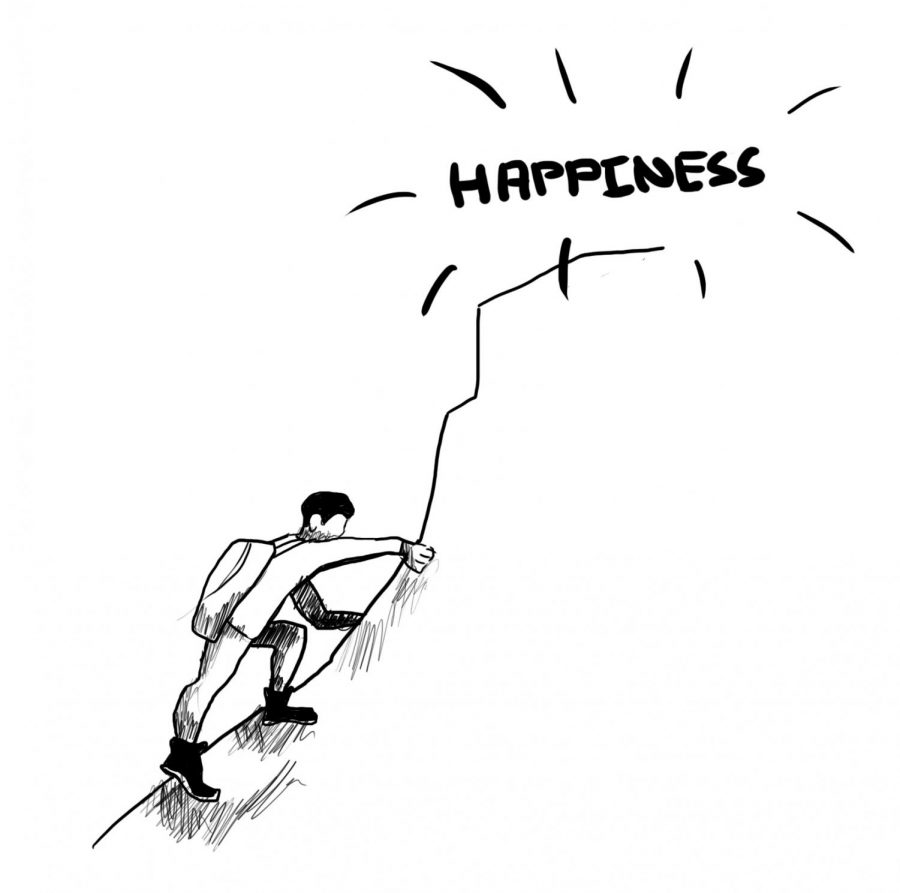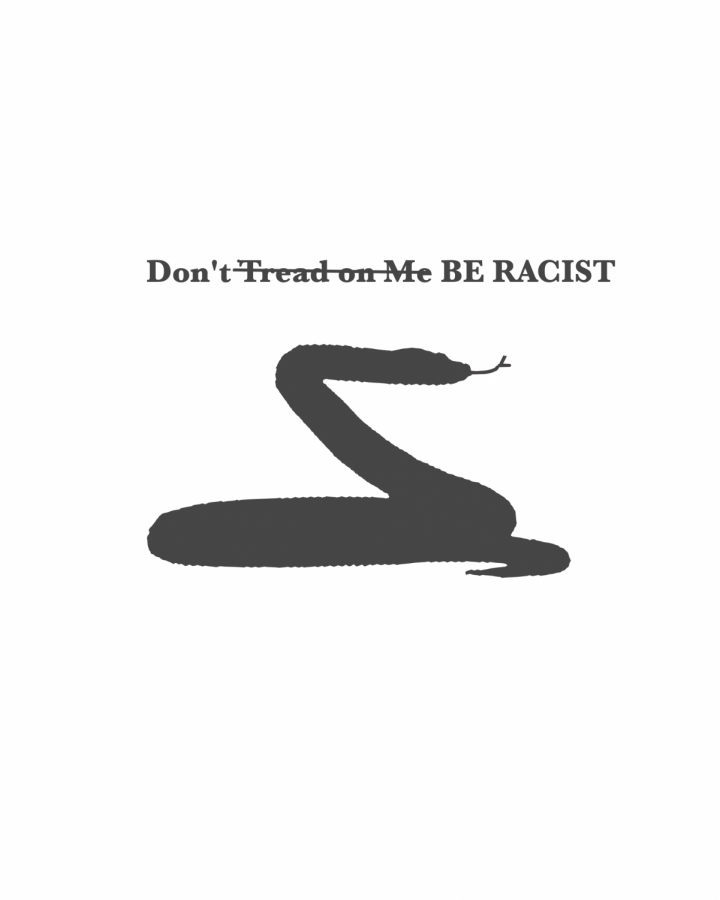
Waking up from an eight-hour siesta, glancing at the clock in the dark and recalling with remorse how many assignment deadlines I had missed because of this extended nap: the result of working overnight on a midterm paper: I suddenly got a sense of Whitman’s bubble.
My personal Whitman bubble is currently filled with Bronislaw Malinowski’s psychological functionalism, Sandra Gilbert’s ekphrastic poetry and my slow process of adjusting to that bubble. That’s right: my goal is to immerse myself in the bubble that many Whitman students try to break through.
While the content within individual bubbles varies, our communal Whitman bubble remains the product of what Whitman proudly claims: its traditional liberal arts education.
On its Web site, Whitman defines liberal arts education as a combination of “a passion for the life of the mind” and a bunch of skills to maintain that passion. I translate this five-line definition into a pressing need to enlarge my English vocabulary and a desperate eagerness for critical thinking skills, both of which my liberal arts education in China failed to offer.
Some Whitman readers might feel confused about why I think Chinese liberal arts education needs to teach students more English and some friends at home might feel equally confused because English is already a required course in Chinese schools from fifth grade to college.
In answer to my American readers: if conducted properly, English education is probably the only thing that Chinese liberal arts education can use to develop students’ critical thinking, because traditional Chinese education simply wants everyone to diminish his or her own ideas and to obey authorities.
In answer to my Chinese readers: sorry, we don’t conduct English education properly: there’s too much emphasis on grammar and written English. And those standardized English tests don’t ask for personal opinions either: our college entrance examination’s writing section even provides an essay outline for test-takers to follow.
It was not until I became an English major at Shantou University that I finally had opportunities for expressing myself. I submitted creative writing to the college’s English Writing Competition, made speeches in the university’s English Speech Contest, worked as a reporter and then an editor for the English newspaper The Shantou Beat and did many presentations and projects for classes.
However, I was still feeling restricted in a suffocating bubble, since many Chinese professors still expect students to cater to their ideas and styles. How did I sense those expectations? By looking at the grades on my papers and the looks on their faces.
After I took a few courses given by expatriate professors at my university, I had a chance to compare Chinese and Western pedagogy. It’s frustrating to notice that our pedagogies are not only teacher-centered, but also what-centered. Chinese professors like asking questions about what rather than why and how, probably because it’s easier to check facts than to evaluate arguments. The likely result is that we acquire nothing but a great memory.
But the good news is that my university has its Bulletin Board System: While most Shantou students are still tentative in class discussions, they produce perceptive and humorous insights in this nearly authority-free Internet forum.
Transitioning from my university’s bubble to Whitman’s bubble, I’m aware that Whitman has the same problem as Shantou in its relative isolation, which somewhat limits the praxis of a liberal arts education. But I’m blessed that Whitman’s liberal arts education has helped me mature in ways my Chinese universities could not.
The only price I’m paying for my Whitman experience is probably sleep. Unprecedented workloads of reading and writing have been keeping me up at night from time to time. But compared with the intellectual growth I’m obtaining, it’s not that bad a deal.




Robert • Jan 18, 2010 at 9:08 am
I was a teacher in Shantou a few years I decided to rewrite how English is taught in China.
Foreigner develops English textbooks for Chinese kids
Liu Minxia
AFTER teaching English in China for more than ten years, Robert Sowa found that many adult learners and children could not speak proper English because they didn’t have a mastery of basic English.
He looked for jobs at kindergarten schools in Qingdao, Nanjing and Shenzhen in order to observe the way Chinese kids were taught to speak English. “More often than not, the English language is being taught in a very dull way,†said Robert Sowa. “Teachers read English words and students repeat the words. After they learned how to repeat the words, teachers ask them to recite. Many English learners lose their interest in the language from the very beginning.â€
With more than 20 years of teaching experience, Robert Sowa believes in Total Physical Response, a teaching method developed by James Assert. Mr Sowa maintains that the Complete English Course helps the beginning learners acquire the language more easily while keeping them interested.
Working as a teacher in a kindergarten in Shenzhen since 2006, Robert Sowa first prepared a few lessons based on Total Physical Response method and Complete English Course used the materials from this method in his classes. He created lessons using the alphabet and phonics related the words. He brought vivid pictures and asked his class to describe them with the limited English words they knew.
When he started, a few parents complained to the headmaster, saying Robert was wasting their kids’ time. But after a few months, the parents discovered that their children could construct sentences by themselves with words they learned. They could also read and write.
“Those who previously lodged complaints came to thank me after I used this method for a half year or so,†Robert said. “I decided to let more kids benefit from the teaching method I used.†“Most Chinese schools use textbooks compiled by Longman or Cambridge, and few people considered whether this system fits Chinese learners or not,†said Robert Sowa. Because there are no textbooks using the Complete English Course, Robert Sowa decided to collaborate with Stephen Lang and Melody Sowa to create one five years ago. Back in his home country, Robert’s older sister, Melody Sowa, found immigrated children in the United States also faced the same problem. With a talent in drawing and painting, Melody Sowa worked with her brother on this project.
Last month, Robert Sowa printed samples in Shenzhen of the children’s textbook, workbook, flashcards, and teacher’s guide including 2 VCDs and will have them published soon. Robert Sowa hopes more kindergarten schools in China will use these books. He will also introduce them to schools in the United States.
Because of the popularity of this teaching method, Robert has been invited to attend the Shenzhen seminar of China-American Kindergarten Curriculum on November 12. This is the first such seminar series to be held in Shenzhen, China and will include many speakers from America. The book and Robert Sowa has also received a certificate of recognition for achievement in the highest order from the USA Honor Society.
Rensi • Jan 25, 2010 at 12:03 pm
Hi Robert, I am so excited for your achievment! I do feel that Chinese teachers emphasize individual words rather than “chunks” in English. They believe that once students can recognize all the words they won’t have problem using English. Their goal is reading-centered instead of speaking-oriented. Enunciation is neglected in their teaching because they define the best English learners as those who score highest in GRE or TOEFL tests where speaking is not tested or takes up only 25% of the test.
Total Physical Response sounds much better than teaching students to memorize tons of words without giving a vivid context.